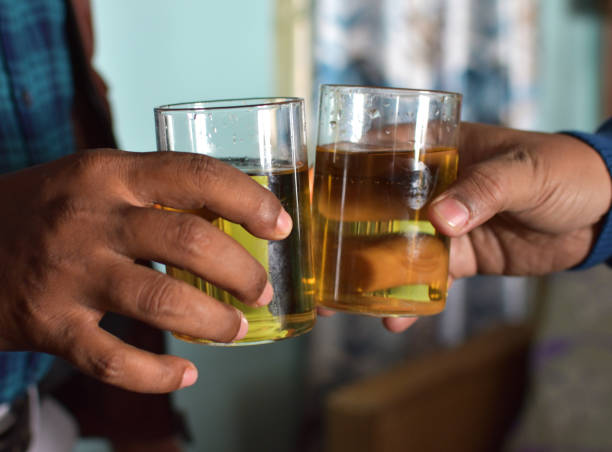This website uses cookies so that we can provide you with the best user experience possible. Cookie information is stored in your browser and performs functions such as recognising you when you return to our website and helping our team to understand which sections of the website you find most interesting and useful.
Further evidence shows India’s alcohol industry is booming
India is currently one of the fastest-growing markets for alcoholic drink sales, according to recent studies.

Data from a Statista study was recently revealed to show how, in 2022, alcoholic drinks generated US$47,500 million ( £39,133 million) in revenue in India with the market also forecast to grow by 8.86% per year (CAGR 2022–2025),
The information gathered illustrates how, during the pandemic, Indian states sought permits for liquor stores to reopen and how following this, on the second day after reopening, Karnataka reported a highest-ever single-day liquor sales, totaling 197 crore (£19.7 million). Similarly, Delhi and Uttar Pradesh also both experienced record sales.
Furthermore, the trend for premiumisation grew during the same time as consumers became used to the taste of more premium drinks due to an increase in home consumption throughout lockdowns. As a result, consumers gravitated towards boutique and higher end offerings.
Upon reopening, an increase in sales of more expensive brands was also noted, with local reports reflecting the number of young people in cities was rising and leading to further fuelled demand for good quality alcoholic drinks options.
In India, among the drinks categories, whisky brands dominate sales and the market is the world’s largest consumer of whisky, according to the International Wine & Spirits Record (IWSR) Drinks Market Analysis. Additonally, a recent study by the Indian Council for Research on International Economic Relations (ICRIER) and law firm PLR Chambers showed how Indian consumers’ drinking habits are now reflecting increased exposure to brands from other markets due to a rise in global travel.
Across India, each of the state governments have control over the drinks sector’s supply chain as well as alcohol production and distribution through its excise policies. Owing to this, the drinks industry in India is essentially open to foreign investments, and yet many Indian states offer subsidies for local companies, as seen in Maharashtra and Karnataka for wine.
What has transpiresd is a burgeoning industry that is already among the top three revenue generators in the majority of Indian states where sales of alcohol have also helped the states to increase tax revenue (SOTR) earnings.
Reports also show how the contribution of alcohol taxes to the exchequer is even higher for the north-eastern states than in the rest of India, but the state with the highest rates of alcohol consumption among men (53%) and women (24%), is Arunachal Pradesh.
For 2022–2023, the Delhi government has estimated that alcohol sales would bring in Rs 9,454 crore (£945.5 million), with Rs 700 crore (£70 million) coming from local spirits brands and Rs 8,754 crore (£875.5 million) coming from imports. This marks a 57.6% rise from the Rs 6,000 crore (£600 million) it had previously brought in from alcohol sales in previous years.
ICRIER has also forecast that by 2030, 50% of Indian drinkers will continue to buy more products in the same category of alcoholic beverages, while 26% will trade up to higher-end brands, and 24% will migrate to different alcohol categories, showing that the market is continuing to evolve.

